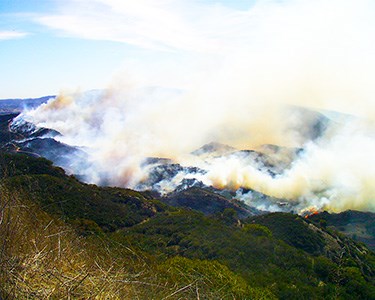
Fire management actions are guided by the park's Fire Management Plan and the policies of the National Cohesive Wildland Fire Management Strategy. In the Santa Monica Mountains National Recreation Area (SMMNRA) the Wildfire Management Program protects both its Mediterranean ecosystem and its local communities by working to have fewer wildfires and burned homes and less fire-related ecosystem disturbance. To do this, the park works together with Ventura County Fire Department, Los Angeles County Fire Department and Los Angeles City Fire Department through local agreements, the CA Fire Protection Agreement, and the CA Fire Assistance Agreement to suppress fires in the Recreation Area under the Incident Command System.
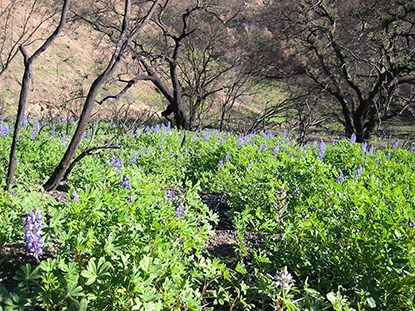
Today, however, fires in the Santa Monica Mountains (SMM) are caused almost exclusively by human activities. The frequency of fires has increased along with population growth in southern California and the interval between fires has shortened. The SMM shrubland ecosystems are sensitive to short fire return intervals and increasing fire frequency. Native shrub species can be killed when burned or disturbed without enough time to recover between fires or disturbances influencing fire ecology. When this occurs, native shrublands may be 'type converted' to degraded shrublands, dominated by non-native annual grasses and exotic weeds.
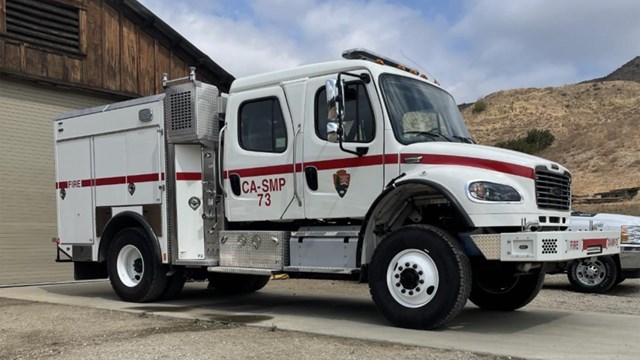
Fire Operations
The protection areas within the SMMNRA boundary consists of federal, state, county, city and private property. 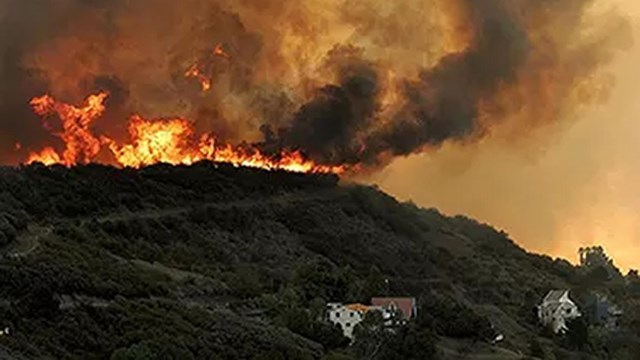
Fuels Management
Park fuels management in the Santa Monica Mountains is focused and strategic. 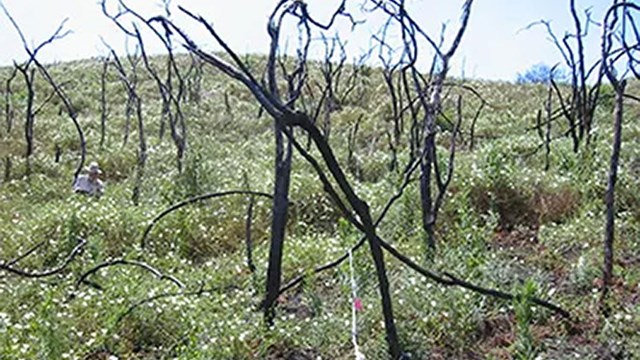
Fire Ecology
While chaparral is a fire adapted vegetation type, it is not useful to think of it as a fire-dependent ecosystem. 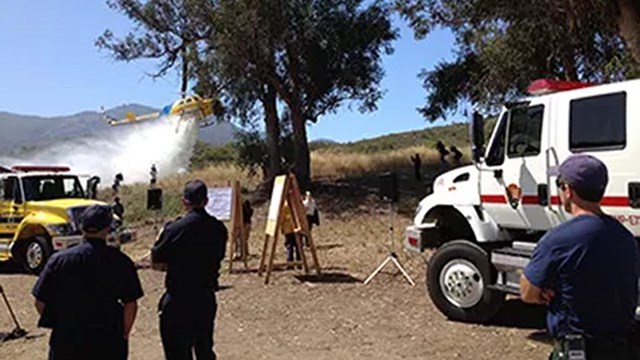
Fire Cooperators
In order to protect both the natural environment and our communities, all agencies must work together. 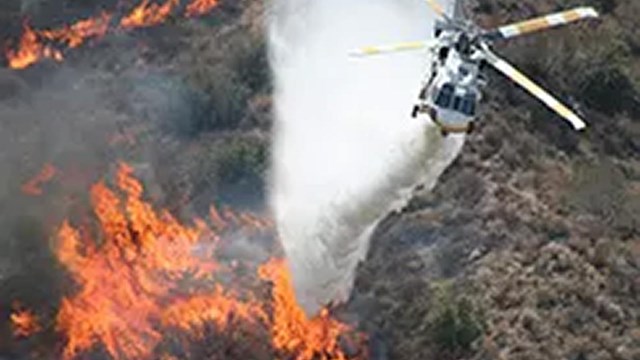
Fire Regime & History
Fire regimes describe the pattern, frequency and intensity of wildfires and are determined by natural ecosystem properties. 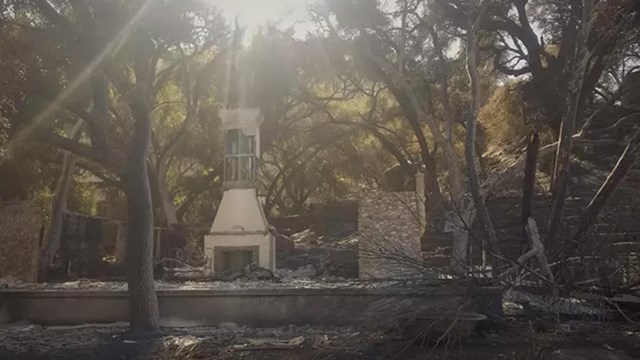
2018 Woolsey Fire
The Woolsey Fire burned almost 100,000 acres of land. 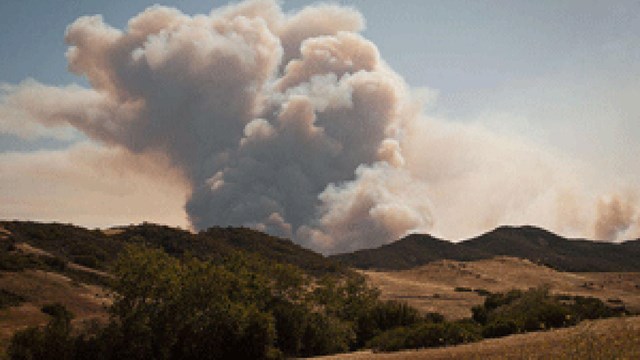
2013 Springs Fire
The Springs Fire burned 24,238 acres in a day and a half. |
Last updated: June 7, 2022
